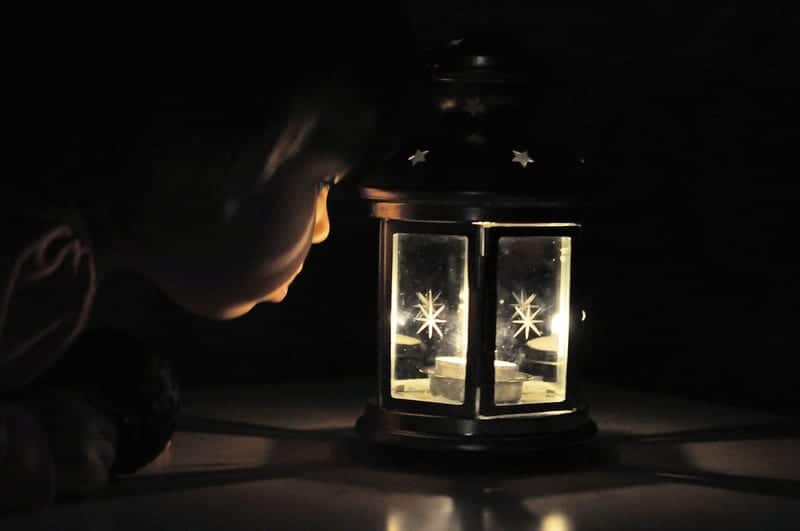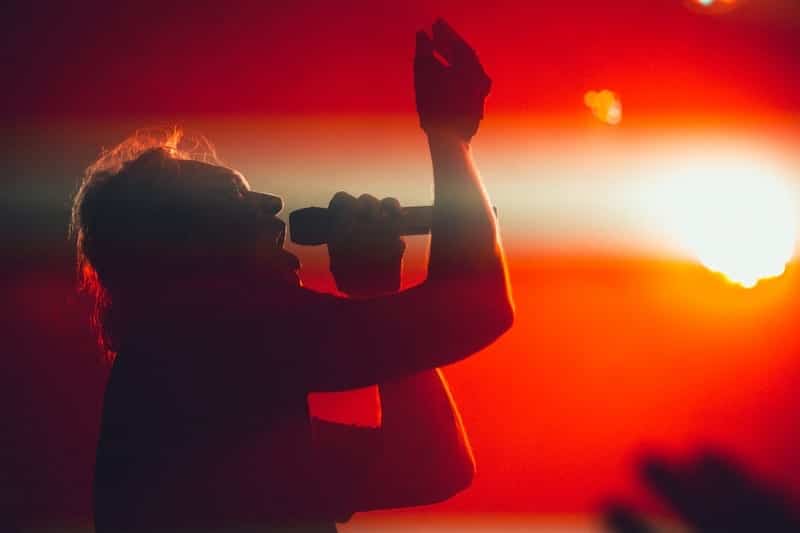ISO is an intrinsic feature on any digital camera the world over but will be manageable in very different ways depending on your make and model. You may well understand your aperture and shutter speed but generally leave ISO either in Auto mode or leave it alone altogether.
However, what you might not know is that the ISO is an integral part of any shooting process and can change immensely depending on your quality of light.
In this blog up we’ll be looking at how to engage your ISO and the effects and benefits of knowing your ISO inside out.
What Is ISO?
ISO stands for International Standards Organization and is a standardised industry scale for measuring sensitivity to light. Many years ago, this related to the sensitivity of your film. The film ‘speed’ as it is known, would be printed on the box in which the film came and would usually read at the number ‘400’. This was an average. You could also buy 800, 1600 and 100. The lower the number, the less sensitive the film was to light. This meant that you could choose the best speed film for whatever it was you thought you’d be shooting. General indoor and outdoor photography in good light – 400. Portraits in darker, evening light – 1600. Incredibly bright scenes or long exposures at night – 100.
In the modern, digital age, ISO is no different. The only thing that’s changed is that where once we had a film cell behind our lens, we now have an incredibly sensitive and powerful digital sensor. ISO in the digital age refers to the sensitivity of that sensor to the light that hits it, and all of this can be changed in camera.
Pros And Cons
There are many pros for the use of ISO, but the main one is that it enables us to shoot images in little light while maintaining the shutter speed we need to capture a bright, crisp image. When the ISO is very high, so too is the sensitivity to light and so lower lit scenes take less time to expose than with a lower ISO. Here we alleviate the need for flash which can cause all kinds of problems in itself if not used correctly.
The biggest con with the ISO is that the higher we go, the more we introduce what is known as ‘noise’. This is a grain-like texture that sits atop your images, almost like a kind of digital distortion. The higher up you go, the more visible this noise becomes, so there are compromises to be made in each instance, which all depend on your quality of light and camera sensor, not to mention what you want from your final image. A gritty street scene can harbour more noise, for example, than a softly lit baby portrait. If ISO created no noise at all, then it would perhaps be the perfect accompaniment to your shutter and aperture and could even alleviate the need for flash completely, but unfortunately, it does.
As with anything in photography, your light quality and your intentions are the dependent characteristics that change all of your settings and ISO is certainly no different.
The Importance Of ISO
We don’t always want to use flash. In fact, any photographer worth his or her weight will tell you that flash is unnecessary most of the time. External flash and flashguns are fantastic for adding extra dimensions to an image or challenging difficult exposures, but even when using these, you may need to still engage that ISO, to stop any camera shake. Whether you prefer to use lenses with super wide apertures or are a convert to external flash, there will always be a constant need for the changing of your ISO, so it’s certainly worth having a good play around with yours.
Auto ISO
When using the likes of Manual mode or other Semi-Auto modes, the Auto ISO works with the cameras light meter to change accordingly, keeping your chosen shutter speed or aperture (or both) at your preferred setting, depending on the mode you’re shooting in. This is a fantastic feature when you understand how it works and when it should be engaged. The biggest problem, however, is that generally people don’t know this, and so leave it engaged. It’s always smart, then, to keep your ISO in manual and learn the differences between each of the ISO settings.
Manual ISO
If you’re going to be shooting in bright light or, perhaps as a long exposure, where the amount of time you expose for is not a problem for you, then keep your ISO at 100 to reduce the amount of noise. If you’re unsure on where to start, then take advice from the hundred years of film-photography that proceeded its digital sibling and stick at around the 400 mark.
If after this you find yourself still struggling to get your shutter speed fast enough with a wide open aperture, you can engage the ISO higher and higher, until you’re where you need to be. Just be wary of the noise that starts to enter the image after say 3 or 4000 ISO. Most DSLR or high-end Mirrorless cameras will cope incredibly well at the higher end of the ISO spectrum, but noise is inevitable, so it’s merely a question of compromise. Take into account your light source, the focal length and the aperture range of your lens and the shutter speed you need to be shooting on to avoid any blur.
ISO and Flash
If you’re familiar with an external flashgun, then you may feel confident using it, but it’s important to know that all your flashgun does is communicate with the body of the camera to provide external light when settings drop. This can be overridden so that it fires every time and when this happens we need to choose our settings accordingly. ISO can also be engaged here.
When out shooting a wedding, for example, your flashgun may be used to give clean and clear images – bright airy and crisp in all light situations. The ISO can be increased even when your flashgun is attached and engaged. The body will provide you with a faster shutter speed, where it may otherwise slow down, particularly for flash settings such as ‘fill flash’ where your flashgun fires to even out shadows and darker areas in ambient light. So, even where you think your flash has it covered, the ISO plays a considerable role.
So there you have it. An introduction into ISO and how to use it. It’s worth playing around with your ISO, no matter what you’re shooting. The quicker you get used to engaging this and engaging it correctly in the right circumstances, the faster it will become an integral part of your shooting process.
Find out more about our courses here
Download a Free Prospectus
Get your Free Guide To Composition here


